Exclusive: Voices of drupa 2024- HP
In this series, Alex Jahanbani, Editor-in-Chief at ME Printer, brings you exclusive, showfloor interviews with industry stalwarts representing some of the major exhibitors at drupa 2024, the world’s largest trade show of printing technologies.
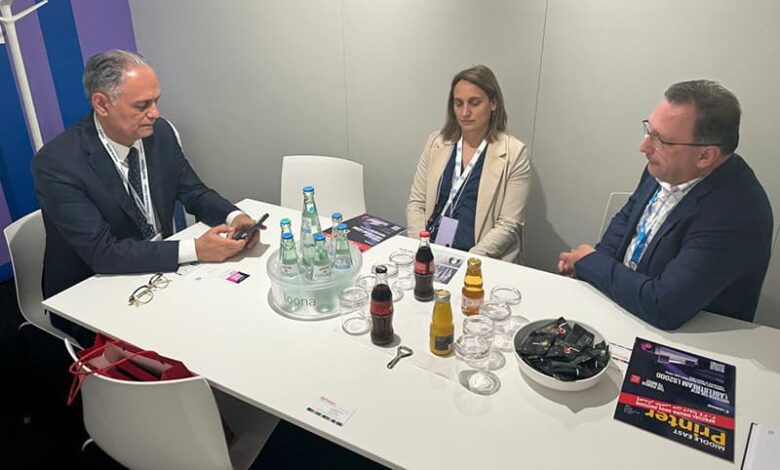
In conversation with Fernando Gordillo, EMEA Industrial Sustainability Lead, HP, and Susana Alonso, Solutions and Security Category Manager EMEA, HP
Let’s begin with a general question. How does HP’s commitment to sustainability influence innovation and product development?
Fernando Gordillo (FG): The first thing in our sustainability strategy is achieving our three different objectives: our company goals as a corporate, and minimizing the environmental impact for our products and our customer’s products. One of them is related to our digital printing presses, our inks, and our solutions. Our strategies are based on everything we can improve, things like energy consumption in our presses (i.e. relevant for some countries facing electricity sourcing) or efficiency in the printing modes. In drupa we have just launched a printing mode to reduce the amount of ink that we apply on the substrate to make the printing process more efficient. So these are some of the things that we keep as priority when we develop a new product or upgrading the existing ones. One of the strategies of HP is also to protect the customers’ investments. We also need to consider that the customer wants to keep the equipment in place and we always try to update over and over with the latest technology. This is also one of our strategies for providing solutions to customers to help them keep the press for a long time. We have studies to show that there are customers with our presses for more than 10 years and we have been upgrading those units, sometimes improving speed, print quality, or any other feature during all this time.
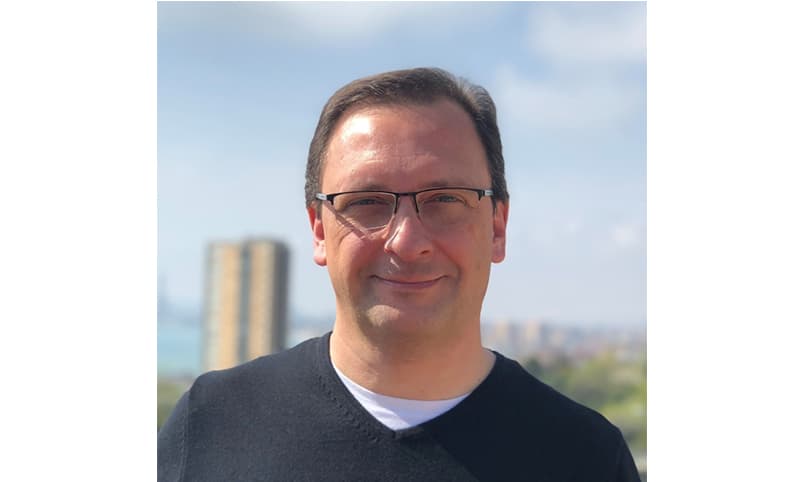
You have something called a Sustainability Amplifier Program. Can you explain about that?
FG: This is a program that we have just launched in drupa. This is a program that we started to implement in HP with our channel partners. There are many companies selling our products like laptops and home printers, which HP does not sell directly. We also want these companies to have the same commitment that HP has towards sustainability and with the same improvements. This is a kind of program to do an assessment and amplify our sustainability to our channel partners, and now we are also applying the concept to our customers. We send them a questionnaire where they can provide their answers. This is again a kind of assessment for them to fully understand the concept of sustainability, which may include many things like how they treat their employees, about electricity consumption, waste management, efficiency in the printing process, and production, etc. Based on this, we send a report back to customer who can understand where they are and can choose how to improve. For that, we provide different content with different options and its back again to a further assessment, so we can see how our customers are progressing. This is the meaning of amplify. We want to support our customers to amplify their sustainability and also our commitment towards what we can do.
Do you, however, feel that the issue of sustainability is important for your customers?
FG: It depends on the region, the size of the customer, and the market as well, but also which segment the customer is in. In EMEA (Europe, Middle East and Africa) region, for example, we can see that it is a hot topic, because of the economy and the industry requirements. Multinational companies already embrace sustainability. They are putting in place their sustainability goals, etc. But there are customers who are not fully engaged with what is happening in the market, what the industry is requesting, they have limited resources, they do not have a focal point dedicated to sustainability, and this is where they are struggling. Most of the time they are seeking help and ask what they need to do. But things are slowly changing and there are customers choosing the right path to sustainability.
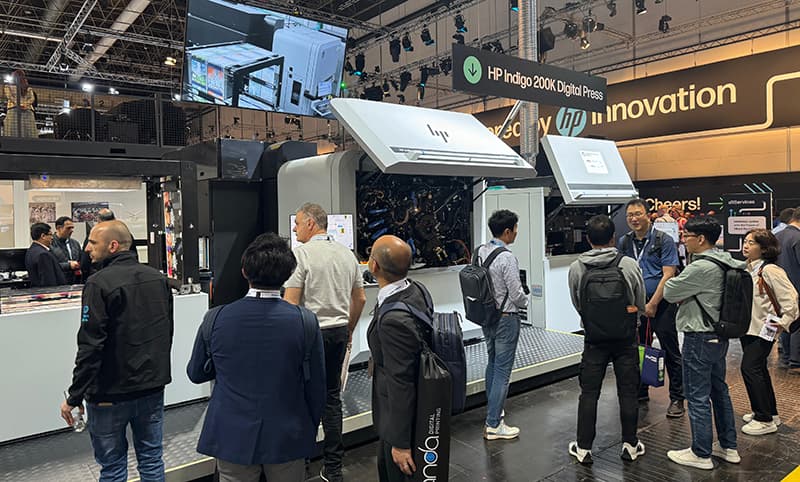
Sustainability can mean many things. Even in manufacturing, the material used to manufacture the product itself is important. So when HP talks about sustainability, does it cover the whole thing?
FG: Yes. In the HP Indigo technology, for example, the Indigo presses have different credentials but the manufacturing process is similar. Apart from this, we do work with an entity providing environmental credentials to our digital printing presses. Again, these credentials are related to the manufacturing process, the components, and also the technology. This is our way of trying to implement sustainability on every single aspect of the presses.
Do governments and things like the European Green Deal play a part in how you deal with sustainability? Is there pressure from the government or legislators?
FG: Yes. Regarding the Green Deal, the EU government put pressure on us along with the industry to make things better. There’s pressure also from the foreign media. The pressure coming from the government is now also coming from the industry. In Europe, there’s the Packaging and Packaging Waste Regulation that is in agreement with the central government in Europe. This is putting pressure on the local governments, so we are all are going in the same direction. This is not only related to the packaging or the final product. It is also related to how the product is printed and produced, and which solutions you have used to make the packaging more sustainable. We also have to improve everything that was mentioned earlier, like energy consumption and the efficiency in the manufacturing process.
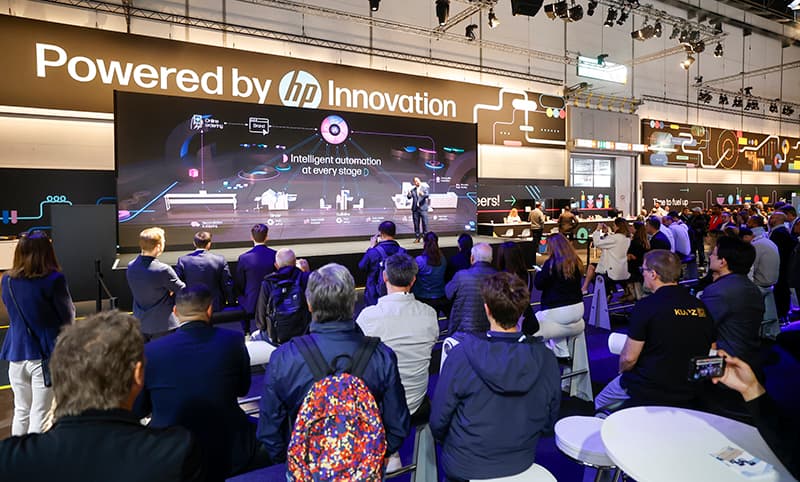
Don’t you think the brands also play a big role here?
FG: The big brands in the industry also handle this kind of pressure. Recently I had a meeting with a brand together with one of our customers as well and what it was decided, was implemented because they want to reduce their carbon footprint by 10%. The brand decided that they need to reduce their impact by this amount, so they are now trying to understand how they can achieve the goal. The brands put pressure on our customers, and our customers on us. In order to get the right solution, in drupa we are presenting a tool for our customers to be able to calculate the carbon footprint of any HP Indigo digitally printed job. So the brand can understand if it is a saving for them, typically if you print in digital. We are showing to the customers this tool, and they can understand and modify accordingly, sometimes it’s the media, sometimes reducing media waste, sometimes the printing process.
What types of inks are you using?
FG: At HP Industrial, we mainly have two types of technology: HP Indigo and Page Wide Presses. Page Wide is water-based inkjet, and in Indigo the technology is described as liquid electro photography. So basically it’s not solvent, nor water-based. There are no toxic components and the inks are safe.
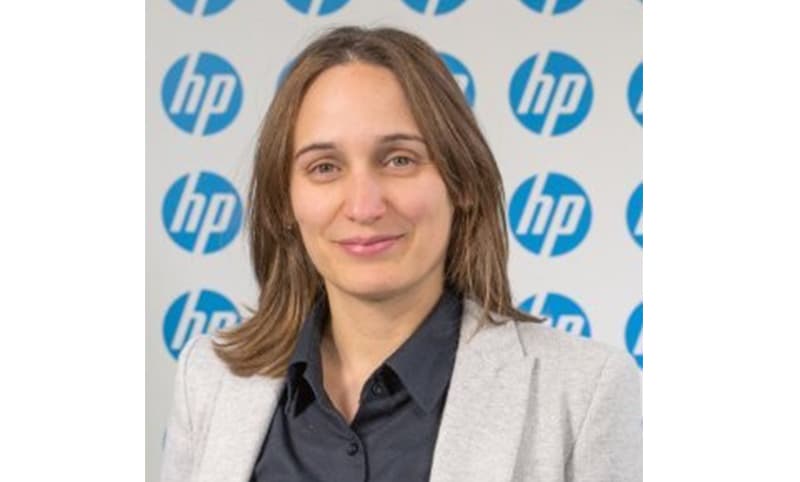
What do you mean by securities when we talk about HP products?
Susana Alonso (SA): With the HP Indigo Security platforms we aim to offer the advantages of digital printing to the high security printers. These advantages are variable data printing, and printing on demand. We developed the solution together with Jura, the market leaders in the security design software. We modified our series 3 platforms to make them secure and be able to print the security designs and features from Jura. In drupa we are showing a wide range of security applications that goes from tax stamps, ID cards, documents, visa labels, licence plates to even a passport prototype. It is a restricted technology that can be accessed only by Intergraf certified printers or printers that print for governments.
There’s this HP Indigo 7K Secure digital press. What are its advantages?
SA: This particular press is designed for high security documents like passports, diplomas, licenses and ID cards. It’s a sheet-fed duplex machine that can print a wide substrate range that goes from uncoated / coated paper to synthetic materials.
In drupa we are presenting this passport prototype. Traditionally the passport can be counterfeited by removing the personal data from the first page and adding new one. Having the passport printed with our digital technology means that we can add the personal data in every single page, among many other security and variable features. How difficult could be to counterfeit a passport like this? At least it will take a long time and money to counterfeit it.
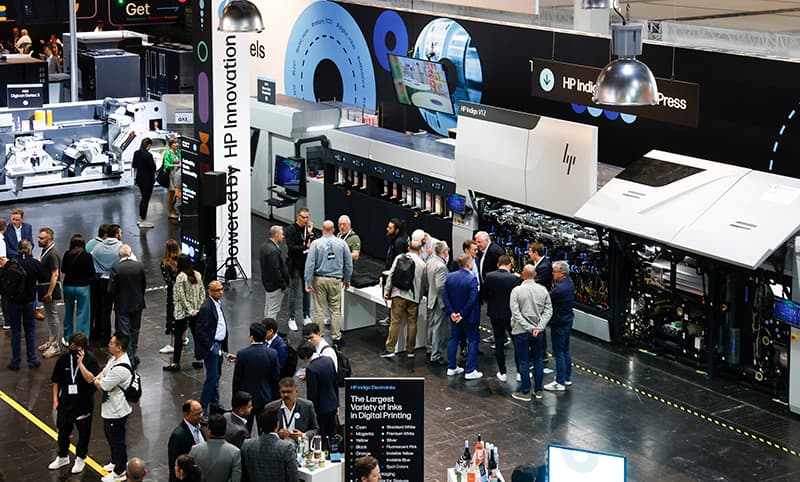
On top of this, HP Indigo provides a range of security inks. We have 3 UV invisible inks. Commercially we have the yellow, red, and the blue and under development we have the green one. That means that in the near future we will be able to print RGB pictures with our invisible UV inks. We also have the colour shifting ink, which can be used as it is or mixed with the other colours installed in the press to widen the colour range. The UV red and green and the colour shifting ink are restricted, thus they are only available to the high security printers.
To have the final application ready we partner with finishing equipment manufacturers. We can place their equipment in-line or near line depending on the customers’ needs. This equipment can include inspection system, die cut, varnish unit, etc.
How was drupa so far for you?
SA: drupa has been very busy. I didn’t expect such an attendance. We are having many quality visitors interested in the security platforms.

Can you talk a little about your HP Graphic Experience Centers?
FG: HP centers are both customers demo and training centre. In Barcelona’s site we have a staff strength of more than 2,000. Globally we have 3 Graphic Experience Centers: the one in Barcelona covers Europe, the Middle East, and Africa (EMEA) region. We have another one in Singapore for the Asia Pacific region, and one in Atlanta, USA, for North and South America.



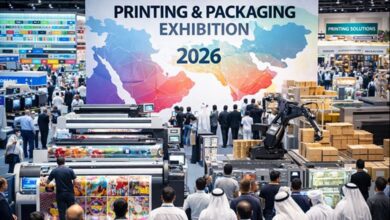
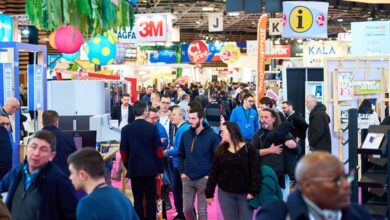
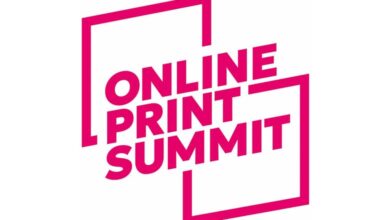
One Comment